Chicken Buses of Guatemala
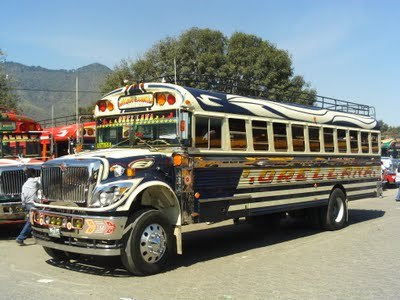
Friday, January 22, 2010
The Chicken Buses of Guatemala are tripped out-pimped up-lowdown moving pieces of folk art.
I love them.
The buses are retired coach and school buses. Most of the ones I rode out of Antigua were built by the Blue Bird Corporation in Fort Valley, Ga. The Blue Bird emblem was still entrenched like a sheriff’s badge near the front door of the Chicken Buses I rode. The school bus company started in 1927 as the Blue Bird Body Company in Richmond, Ind. under Christian principles. An original sign from company founders reading “God is our Refuge & Strength” still hangs the corporate headquarters in Georgia.
Perhaps the Chicken Buses are blessed.
Each all-steel bus is custom designed and painted in bright red, yellow and evergreen. Gobs of shiny chrome are attached to the front. Most of the buses have names like interpid explorer’s ships. Our first bus was “The Cubanita” (the little Cuban girl or woman). “The Princescita” rolls back and forth between La Barrona and Guatemala City. I saw the beautiful “Orellana.”
Many of the buses play loud mixes of cumbia and ranchera music, a perfect soundtrack for hair pin turns down the mountains of Antigua. Flavored with a bold and somewhat touristy New Orleans landscape, Antigua is nestled between three volcanos.
During passenger stops rural vendors come on board the Chicken Bus to sell fruit, juice in a plastic bag, plantain chips (my favorite) and water. I heard fried chicken is also sold on the bus, but I did not see it. One vendor carried a stack of newspapers on her head. There’s an idea for the Chicago newspaper community.
A few men boarded the buses with machetes and leather whips. At one stop the bus driver requested that the cowboy deposit his machete at the front of the bus. I squirmed a lot. I am 6’2” and most of the Guatemalans are around five-feet tall. And most of the buses were built for kids. I did not bring an iPod and hardly had space to read a book or a magazine. I gazed out the window at the blue countryside, a pastiche of modest farms and roadside huts.
“We are in at least 60 countries,” said Ron Smith, Blue Bird Director of Marketing. “We sell them through dealers to school districts. The school districts use them between 10 and 15 years. The buses are really well made to meet federal safety standards in North America. They have a lot of life left in them. So a dealer or school district sells them to a broker who takes them to Third World countries. We see a lot of them in Latin America.” Smith said 225,000 miles is a good lifetime run for a Blue Bird bus in North America.
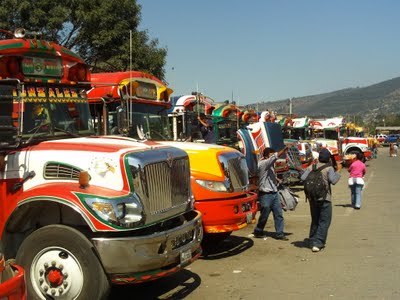
Smith studied the Chicken Bus photos I took. He even put one on his screen saver. He estimated the buses were built in the 1960s, 70s and 80s. “I can tell from the chasiss that it was prior to our models of the last 10 years or so,” he said. “They’ve been out there a while. But they’re built to transport students. Its a cage within a cage. It is beautiful to see how the owners and drivers take wonderful care of them.”
Locals say the vehicles are called Chicken Buses because people are crammed into them like chickens in a coop. Others claim they are Chicken Buses because riders transport live animals on the buses.
The website Antiguadailyphoto.com suggests that “Chicken bus is the derogatory term used in many guides to refer to the rural public transportation buses in Guatemala and in many parts of Latin America.” I do not use Chicken Bus in negative tones.
As the only “gringos” on the crowded buses, I found Guatemalan riders to be courteous, warm and engaging. Local women let their babies ride in the welcoming laps of my girl friend and her sister. I must have spent a dozen hours on Chicken Buses in Guatemala and not once did someone blow snot in my face. I can’t say that about my rides on the CTA.

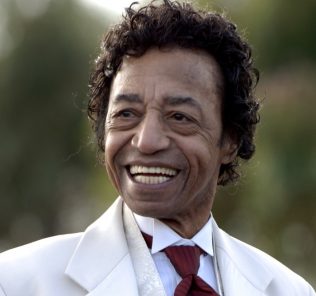
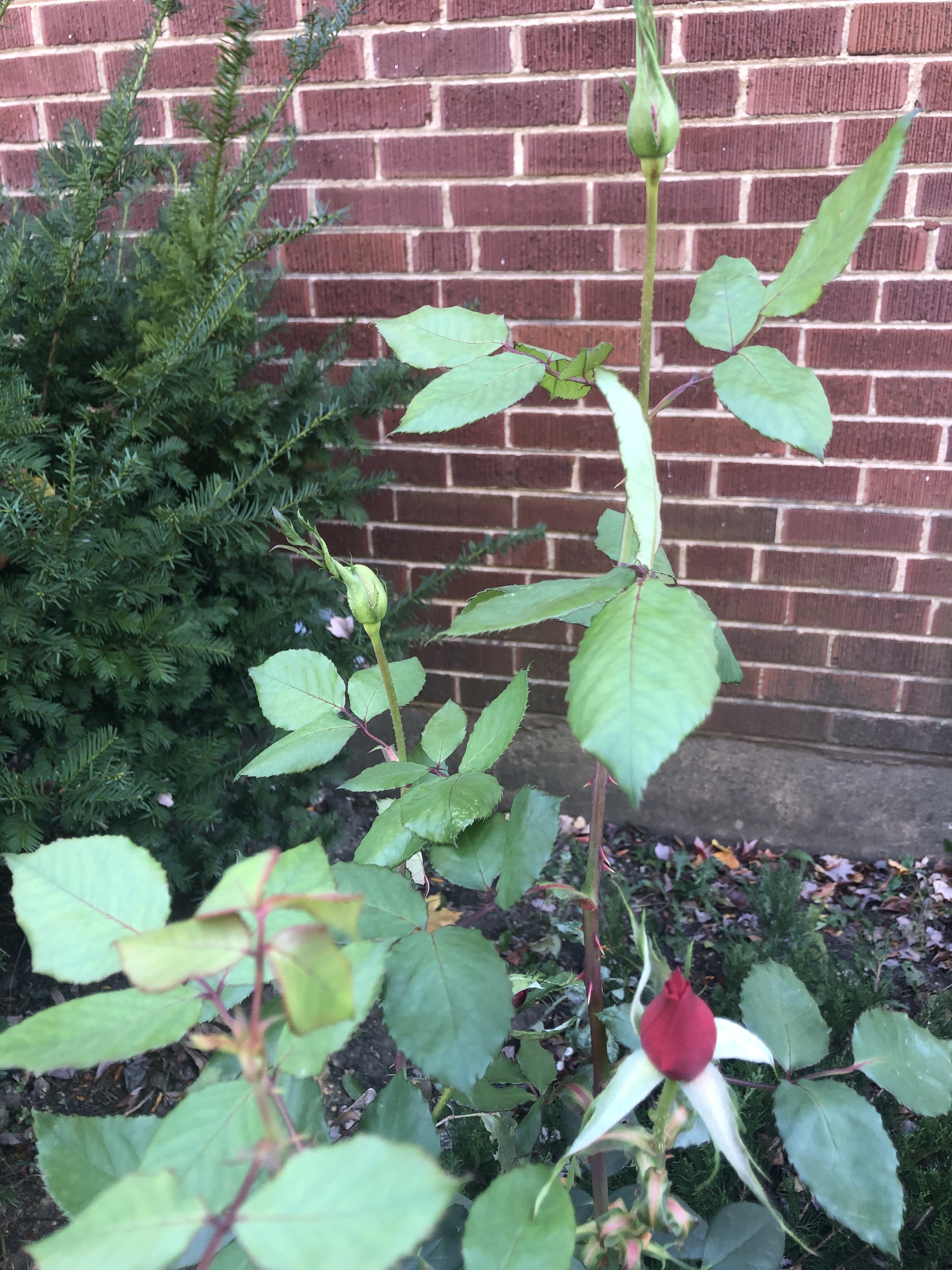
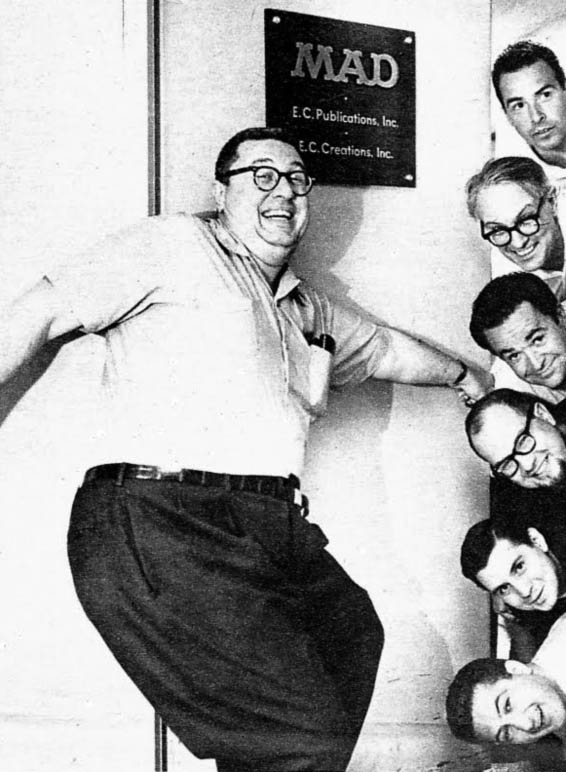

Leave a Response